View Maryland Counties
- Allegany
- Anne Arundel
- Baltimore City
- Baltimore County
- Calvert
- Caroline
- Carroll
- Cecil
- Charles
- Dorchester
- Frederick
- Garrett
- Harford
- Howard
- Kent
- Montgomery
- Prince George's
- Queen Anne's
- St. Mary's
- Somerset
- Talbot
- Washington
- Wicomico
- Worcester
Anne Arundel County
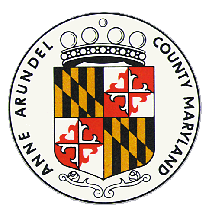 Anne Arundel County is the most centrally located county in the state, bordered to the north by Baltimore County, the east by the Chesapeake Bay, the south by Calvert County, and the west by the Patuxent River, Prince George's and Howard counties. Providence, the first settlement, was established on Greenbury Point in 1649 by a group of Puritans fleeing persecution in Virginia. The county was legally established the following year and named in honor of Lady Anne Arundel, wife of Cecilius Calvert, Second Lord Baltimore and founder of the Maryland colony.
Anne Arundel County is the most centrally located county in the state, bordered to the north by Baltimore County, the east by the Chesapeake Bay, the south by Calvert County, and the west by the Patuxent River, Prince George's and Howard counties. Providence, the first settlement, was established on Greenbury Point in 1649 by a group of Puritans fleeing persecution in Virginia. The county was legally established the following year and named in honor of Lady Anne Arundel, wife of Cecilius Calvert, Second Lord Baltimore and founder of the Maryland colony.
In 1695 the colonial seat of government was moved from St. Mary's City to Annapolis. Annapolis has served not only as the state capital, but as the nation's capital, when the Continental Congress met in the city from November 1783 to August 1784. The dome of the Maryland State House still dominates the city skyline. Here Maryland government still meets in the oldest State House in continuous legislative use.
Anne Arundel County is well known for its boating and water activities including fishing, crabbing, water skiing, sailing, and swimming. The county owns 6,394 acres of land devoted to open space and recreation. The county also boasts many historic landmarks such as the Londontown Publick House, Tulip Hill, Cedar Park, and the William Paca House. The community actively supports numerous local symphonies, theatre groups, and museums.
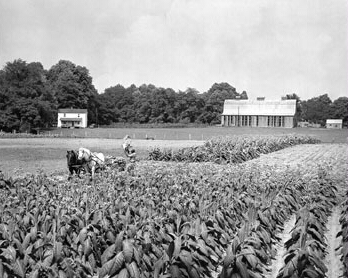
MSA SC 1890-MI-14
Tobacco fields were once seen along every highway and byway in southern Maryland. This farmer was harvesting his crop in 1952 on Bay Ridge Avenue near Annapolis. Today the field is filled with houses.
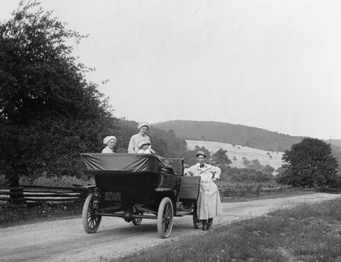
MSA SC 1477-4914
In 1913, the countryside near Davidsonville was largely agricultural, and a pleasant setting for a Sunday drive.
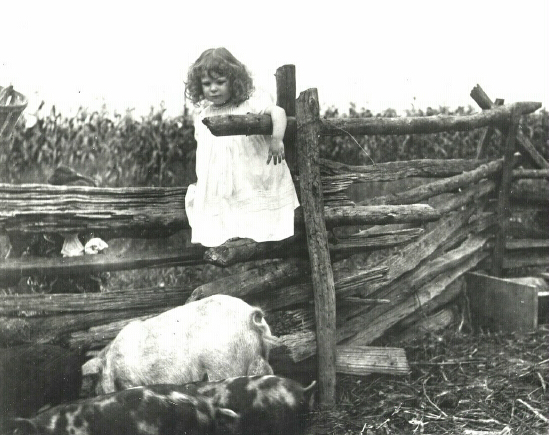
MSA SC 1477-4899
Near Davidsonville, a sweet little girl plays hesitantly at the edge of the pigpen.
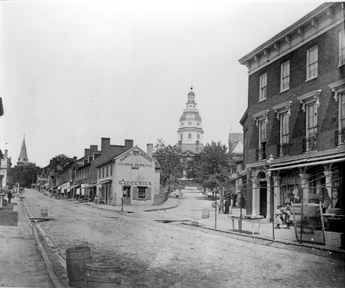
MSA SC 985-65
Unlike most cities, the business of the state capital is often politics as well as commerce. The State House and its dome dominate the landscape in this 1890 photograph, while Annapolitans ply their trades on Main Street.
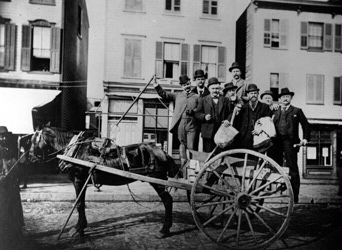
MSA SC 985-114
Once a year, Annapolis welcomes legislators from all around the state. These gentlemen (at least some of whom have been identified as legislators) climbed on the wagon on Main Street c.1890.

